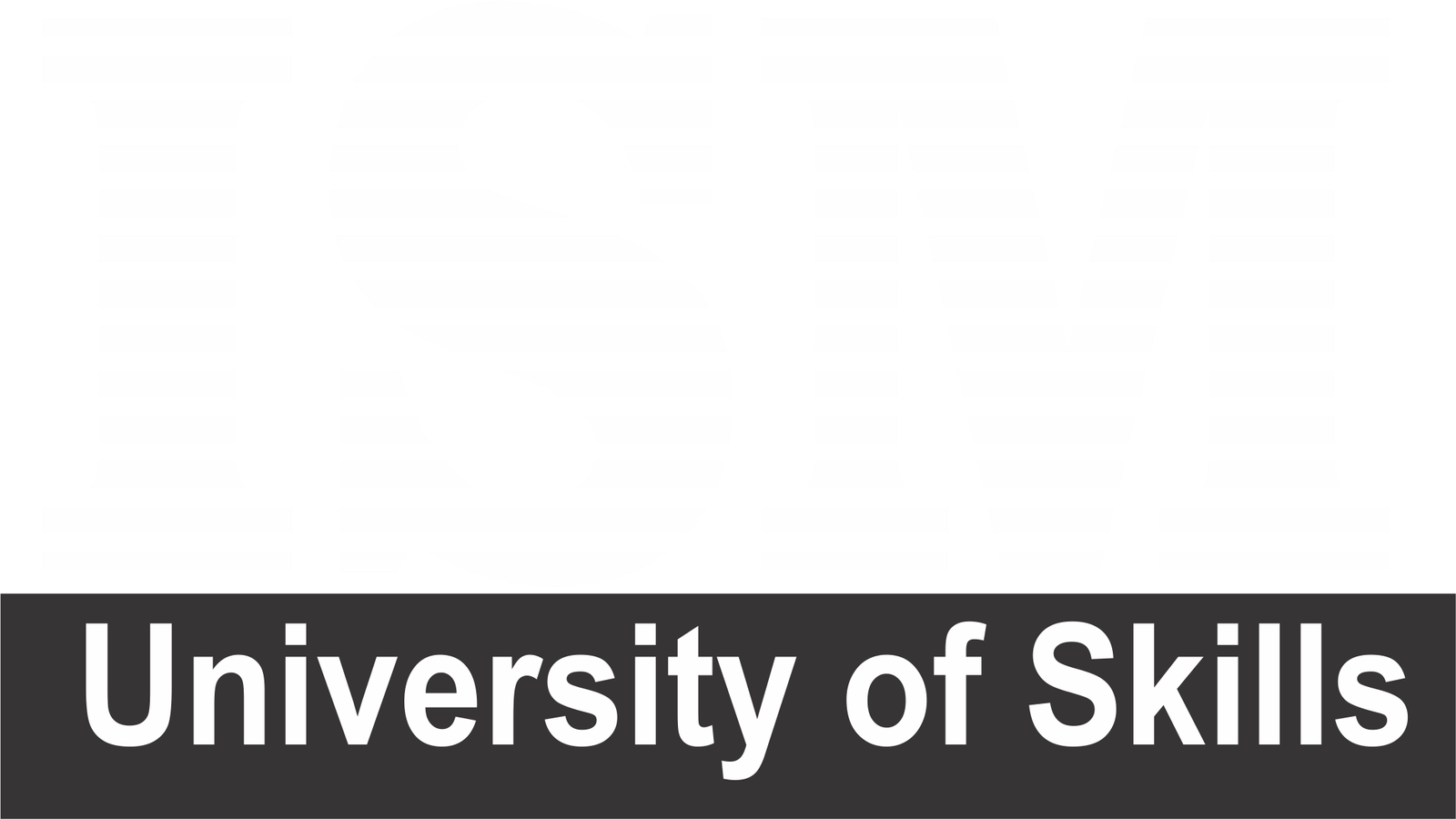Technology and devices that surround us are powered by embedded systems in our modern world. Embedded systems play a vital role in enabling functionality and connectivity in a wide range of devices, including smartphones, smart appliances, medical devices, and automotive systems. It is becoming increasingly important for training institutes to offer comprehensive courses that lay the foundation for understanding and developing embedded systems in order to meet the growing demand for skilled professionals in this field. This article explores the key concepts and skills that form the foundation for a successful career in embedded systems taught in training institutes.
Key Concepts in Embedded Systems
Microcontrollers: Microcontrollers are at the heart of every embedded system. Microcontroller training institutes provide an understanding of microcontroller architectures, such as ARM, AVR, PIC, and 8051, while imparting knowledge about their features and functionality.
Programming Languages: Many embedded systems training institutes emphasize C and C++ as essential programming languages. As students study embedded systems, they become familiar with memory constraints and real-time requirements.
Embedded C: An embedded C language is a variant of the C programming language. Students are taught how to use embedded C to interface with hardware components, handle interrupts, and perform tasks critical to embedded systems.
Circuit Design and Prototyping: Embedded systems engineers must understand circuit design and prototyping. Students learn how to design circuits with tools such as schematic capture software, breadboards, and oscilloscopes, providing them with hands-on experience.
Peripherals and Interfaces: Sensors, actuators, displays, and communication protocols are all common components of embedded systems. By teaching students how to control these components through standard protocols such as I2C, SPI, and UART, training institutes familiarize students with these components.
Skills Developed in Training Institutes
Problem-Solving: Embedded systems often present complex challenges that require analytical and problem-solving skills. Training institutes foster a problem-solving mindset, teaching students how to analyze and debug issues, design efficient algorithms, and optimize system performance.
Debugging and Testing: The ability to identify and resolve issues is a critical skill for embedded systems engineers. Training institutes train students in the use of debugging tools, simulators, and emulators, enabling them to diagnose and rectify errors in code and hardware connections.
Real-Time Systems: Embedded systems operate in real-time environments, where timely and precise execution of tasks is essential. Training institutes introduce students to concepts like task scheduling, interrupts, and real-time operating systems, equipping them with the knowledge to develop responsive and time-critical systems.
Collaboration and Communication: Embedded systems development often involves working in teams and collaborating with cross-functional stakeholders. Training institutes emphasize effective communication skills, teamwork, and project management, preparing students for the collaborative nature of real-world embedded projects.
Conclusion
Embedded systems training institutes play a vital role in building a strong foundation for aspiring engineers. By imparting knowledge of key concepts such as microcontrollers, programming languages, circuit design, and interfaces, these institutes equip students with the necessary skills to develop and troubleshoot embedded systems. The focus on problem-solving, debugging, real-time systems, and collaboration further enhances the capabilities of future embedded systems professionals. As the demand for embedded systems continues to grow, training institutes serve as the breeding ground for skilled individuals who will shape the future of this dynamic field.

